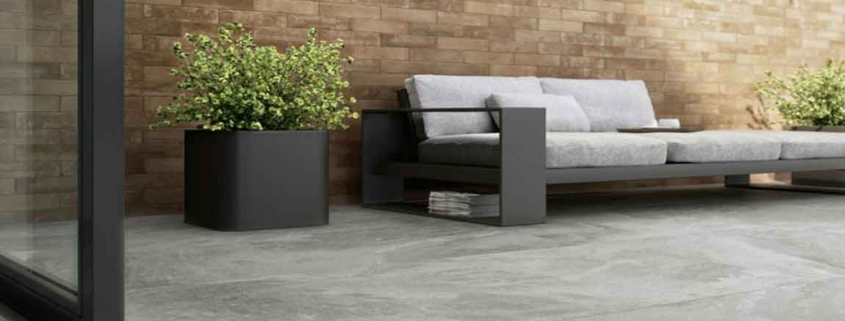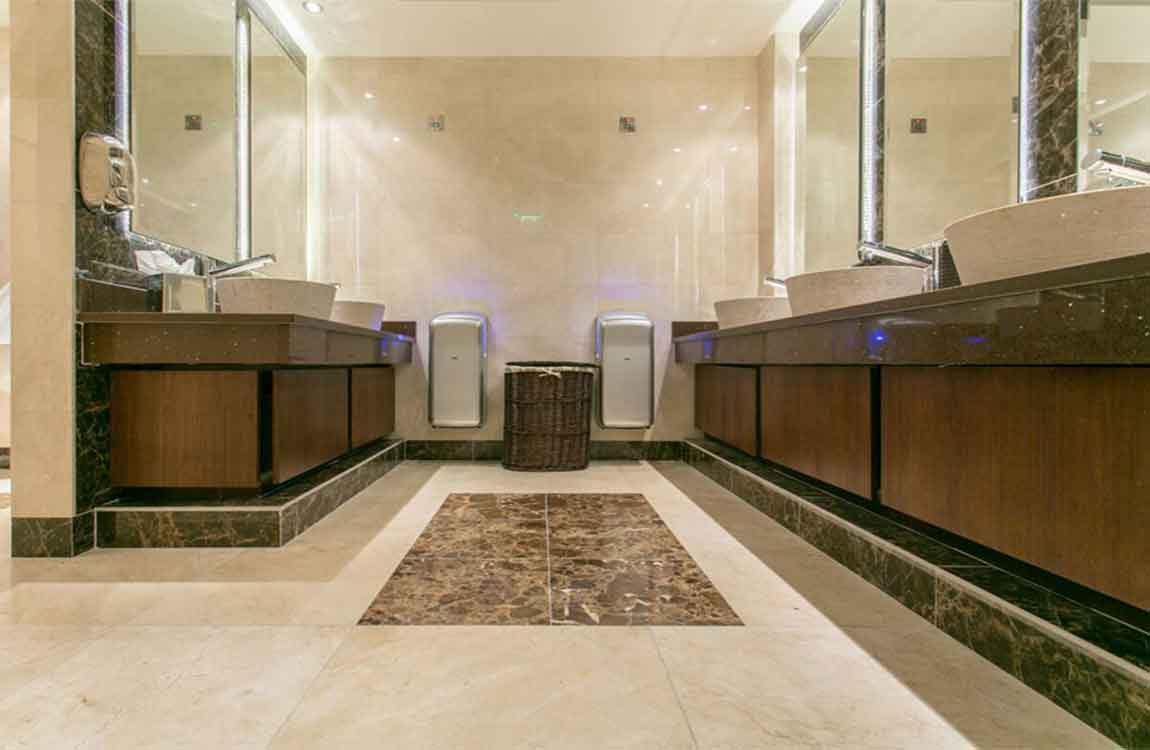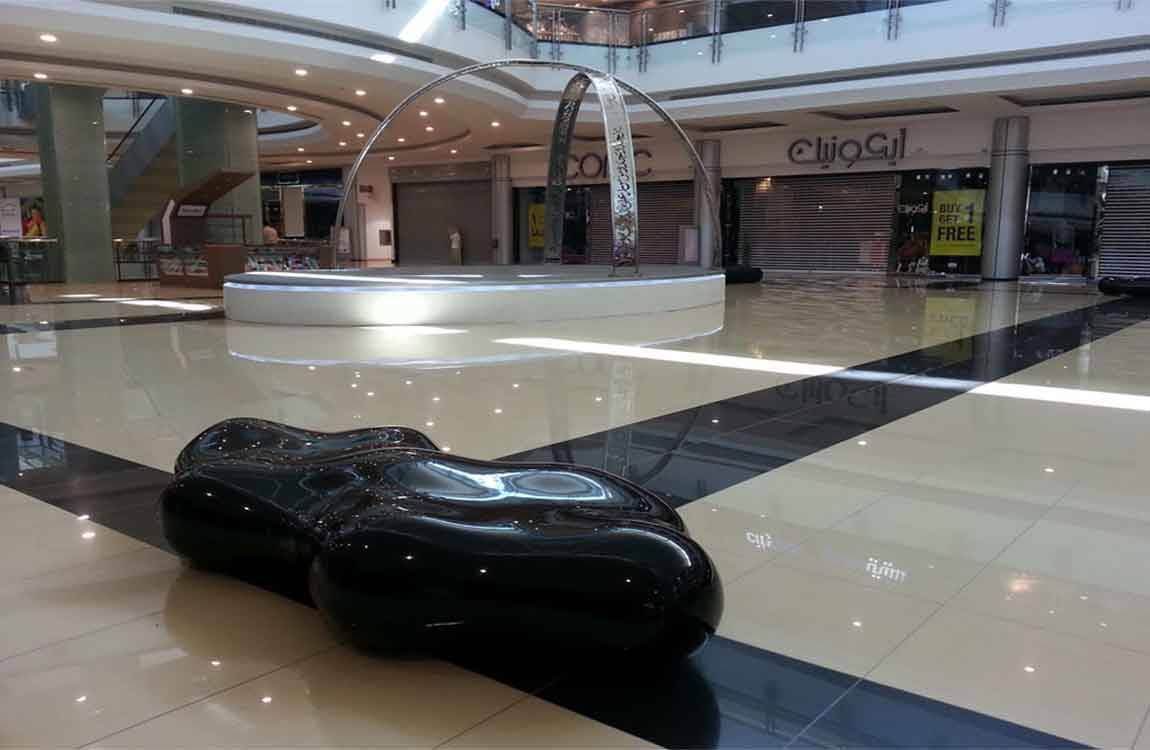How to Clean Walls with Vinegar?
Household cleaners can be both expensive and toxic, causing many people to search for alternative approaches. Vinegar is a great all-purpose cleaner and can also be used to effectively clean walls. You can create a simple cleaning solution with vinegar and water. Even though it’s a natural solution, be sure to perform a spot-test before proceeding. Also be sure to use a white sponge and cloth to avoid the sponge color bleeding onto the wall.
Protect your floors. Lay a dropcloth or towels along the baseboard where you intend to start. Ideally, your sponges shouldn’t be dripping wet when you use them, so feel free to skip that part if you’re confident in your ability to catch the occasional drip that may run down the wall. However: Do keep some towels around just in case your bucket suffers a major spill. Play it extra safe and lay one out to set your bucket on while you work.
Ventilate the room if needed. Depending on how strong your solution is, you may find the smell of vinegar a little overwhelming. If so, open windows and/or set up some fans to improve air circulation. Vinegar fumes aren’t dangerous, but they may tempt you to rush through the job. Avoid doing so, since a rushed job may lead to drips and other water marks that will remain visible after the walls have dried.
Prevent electric shock. Unplug power cords from outlets. If you intend on cleaning outlet covers and/or where they cover the wall, switch off the fuses for those outlets before doing so. Do the same for light switches, telephone cords, and any other fixtures with an electric current.
Remove decor. If you’re cleaning the entire wall as opposed to spot-cleaning, take down anything that’s mounted to them. Ensure a thorough cleaning without any obstructions that might be hiding dirt. This can include any: Photos, posters, or other artwork. Shelves, coat hooks, or other functional items. Electronics, like wall-mounted TVs or speakers.















